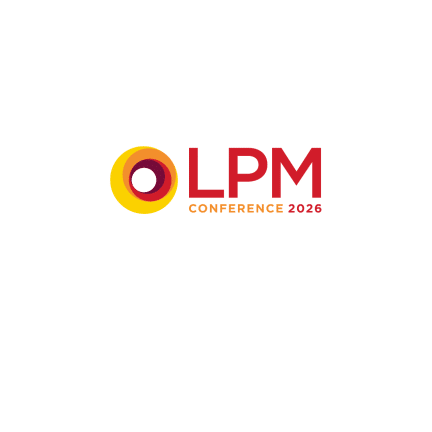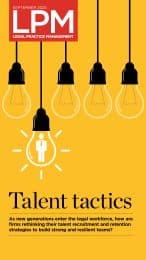
Reimagining Inclusivity
If there is one dreaded outcome for an organisation aiming to be more diverse and inclusive, it’s appearing tokenistic.
Is there any way to avoid this? Jem Sandhu attended Taylor Vinters’ zebra project event this summer to find out
What are the ‘elephants in the room’ when it comes to truly making inclusivity the default position in an organisation? These were the creatures being discussed at Taylor Vinters’ zebra project event on 6 June, Diversity and inclusion – from tokenism to transformation. The zebra project brings together business leaders and thinkers to ‘reimagine business’ – including business culture.
Matt Meyer, Taylor Vinters’ CEO, introduced the session by saying how the firm is an identity-led business. “The makeup of our people – the different experiences, backgrounds and priorities of each individual – are what make our organisation what it is.” Partner Kim Wedral-Rooke chaired the afternoon, and the aim was high: to try to figure out how organisations can move away from mere tokenism and make diversity and inclusivity truly transformative. The ‘campfire’ setup, with everyone seated in a circle – none of that speakers seated up on high stuff – encouraged frank comments on this tough question. And, yes, things did get personal!
But the first order of business was to get real. True diversity shapes innovation, brand and performance.
But it’s important first to get leadership to appreciate the actual number value of such diversity.
“When it comes to diversity and inclusion, quotas and sexy acronyms have become fashionable,” observed one participant pointedly.
Anya Navidski, founding partner of Voulez Capital, talked about how, for her organisation, the impact of diversity on growth has been dramatic. “The numbers have been strong – in the double digits.”
It was an incredibly diverse group, as was clear when people started sharing their backgrounds and viewpoints. Navidski noted how building true diversity in an organisation means recognising that each person has unique needs – for example, some may be caring for elderly parents. “Diversity means acknowledging all these needs, rather than just a segment of needs,” she said.
Getting away from the usual tickboxes means that inclusion can incorporate many factors. One person in the group rattled off a list of aspects of her being – including her disability, and the fact that she studied philosophy. “An organisation needs to value all those elements. If I can bring that to work, even if it’s irrelevant to the actual work, I will be more engaged.”
Yes, these elements can include night owls who do their best work in the middle of the night. The Hoxby Collective is made up of over 800 contractors withvery different personalities and working styles, from parents needing flexible hours through to those who might want to do adventure breaks at odd times. Ed Horrocks, purpose director at the company, says that the key is that they have a common purpose – coming together to solve client problems.
“Staff are judged on output. People should be able to work when and where they want. Having that culture as the basis of the community ensures inclusivity.”
It also makes good business sense. “We use diversity to get better solutions,” he said.
The group also looked at viewing inclusion in a different way. Speaker Linbert Spencer, founding director of the Centre for Inclusive Leadership, encouraged the audience to look at inclusion as “how are we fitting together, rather than how are you fitting in.” It was definitely an ‘aha’ moment, eliciting approving nods and murmurs from the audience. And another comment he made really brought home the idea that inclusion was the most important aspect of diversity: “You may have a workforce that speaks 17 languages, but how many of them feel included?”
It’s not just organisations’ responsibility to make sure that they are diverse and inclusive. Society as a whole can play a big part. The group agreed that we need to look at the talent pipeline early – when people are still at school. Women need to be encouraged to go into science, technology, engineering and maths careers. Navidski advocates that people start even earlier, by combating stereotypes when it comes to their young children – encouraging daughters to try coding, for example.
Inclusion most definitely includes social inclusion. “The dropout rates at Cambridge of students not from privileged backgrounds are very high,” said an attendee. A number of attendees related stories of some kids being advantaged because of a parent’s profession. “Let kids think they can be what they want to be,” said another person.
In keeping with the mood of self-scrutiny, the audience noted that everyone around the circle was fairly privileged. But this was just further testament to how honest the discussion was – in fact, one of the most frank discussions of diversity and inclusion I’ve been to in a long time.



